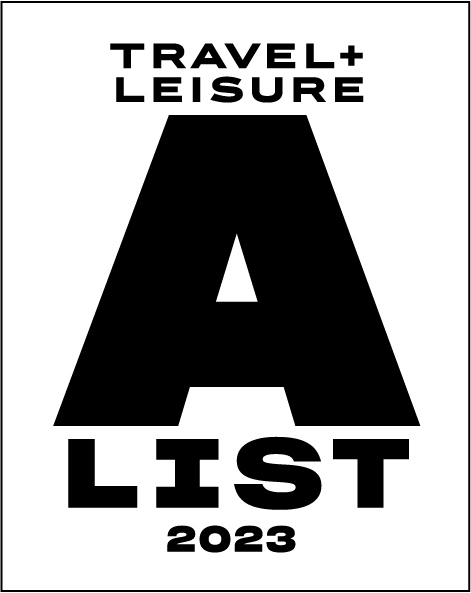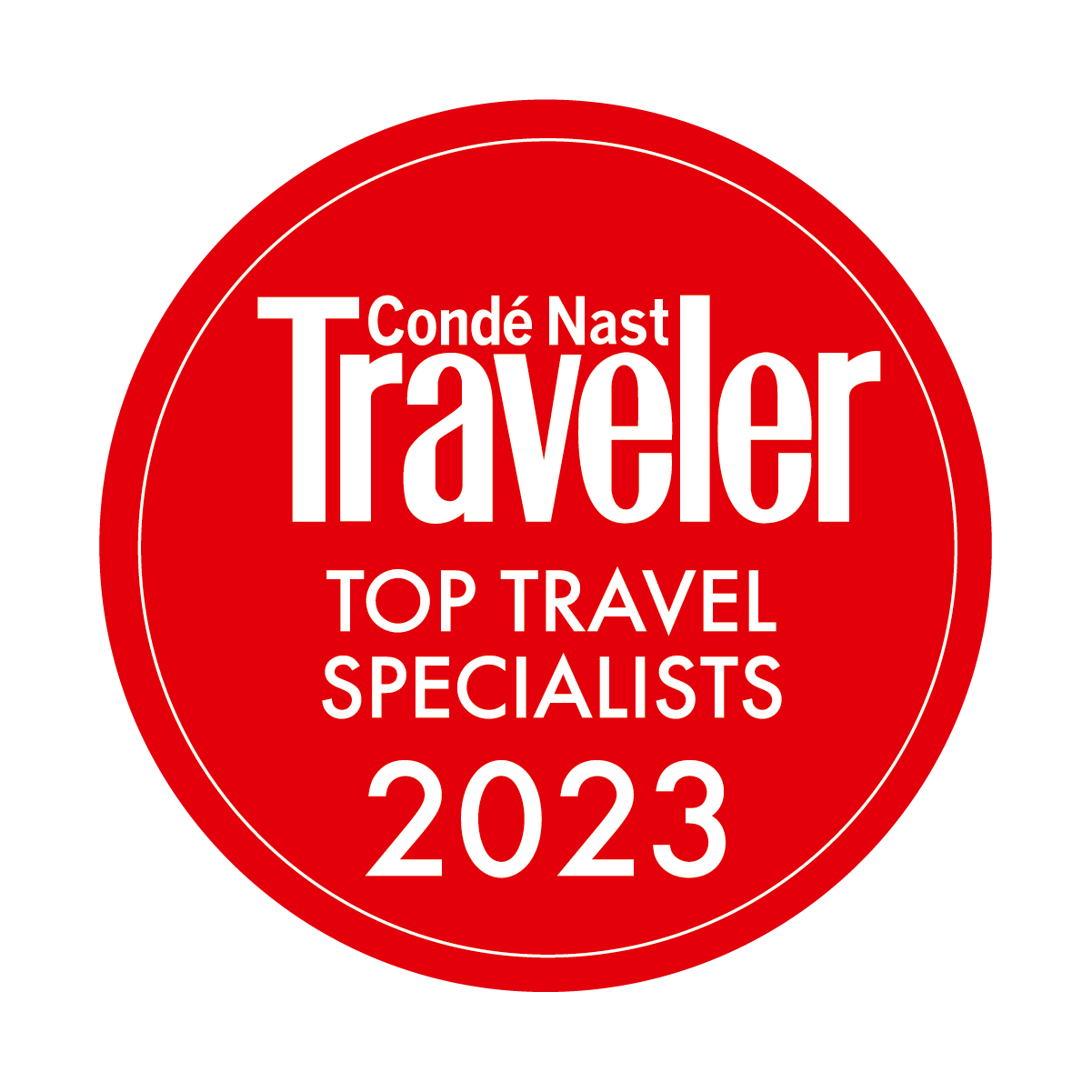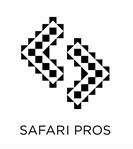Namibia is a country of stunning contrasts with two great deserts: the Namib and its sea of red sand runs along the entire Atlantic coastline, while the Kalahari in the eastern interior is a sparsely vegetated savannah that sprawls across the border into neighbouring countries. In-between lies the Central Plateau, with open plains and rugged mountains. Famed for its vast open landscapes, endless blue skies, sunny weather and tranquil starry nights, Namibia is the fifth largest country in Africa, encompassing 824 292 square kilometres.
INTERESTING FACTS
Red represents Namibia's most important resource – its people! It refers to their heroism and their determination to build a future of equal opportunity for all. White refers to peace and unity, green symbolises vegetation and agricultural resources while the blue representsthe clear Namibian sky and the Atlantic Ocean, as well as the country's precious water resources and rain.
GOVERNMENT
Namibia, previously under German, British and South African rule, gained its independence in 1990. In 1966, the South West People’s organization (SWAPO) launched a war of independence through its military wing, the People liberation Army of Namibia (PLAN), for the area that would become Namibia. However, it was not until 1988 that South Africa agreed to end its administration in accordance with a UN peace plan for the entire region. Namibia has been governed by the SWAPO Party since and is a democracy ruled by a multi-party Parliament. Bicameral legislature consists of the National Council and the National Assembly. The President is voted in directly by the electorate for a five year term and is supported by the Prime Minister and the Cabinet. The government’s policy of national reconciliation and unity embraces the concepts of tolerance, respect for differing political views, racial and ethnic harmony.
ECONOMY
The most important sectors of the Namibian economy are mining, fishing, agriculture and tourism; with the latter being the fastest growing sector. Mining accounts for 8% of GDP, however, provides more than 50% of foreign exchange earnings. Rich in alluvial diamond deposits, Namibia is also the fourth-largest exporter of nonfuel minerals in Africa, the world's fifth-largest producer of uranium, and the producer of large quantities of lead, zinc, tin, silver, copper and tungsten. Agriculture is Namibia’s largest employer, with an estimated 46% of the workforce; however, it normally imports about 50% of its cereal requirements. The Namibian economy is closely linked to South Africa with the Namibian Dollar pegged one-to-one to the South African rand.
CURRENCY
The currency in Namibia is the Namibian Dollar (NAD) which is fixed to and therefore equivalent to the South African Rand (ZAR).
LANGUAGE
The official language is English, while Afrikaans and German are also widely used. There are numerous African languages and dialects which fall into two main groups, namely Bantu and Khoisan.
TIME
Namibia operates on daylight saving time as follows –
Summer: From the first Sunday in September to the first Sunday in April – Greenwich Mean Time (GMT) + 2 hours.
Winter: From the first Sunday in April to the first Sunday in September – Greenwich Mean Time (GMT) + 1 hour.
CLIMATE
The weather in southern Africa is generally pleasant throughout the year – warm to hot days, and cool to warm nights. During our winter months however (May to September), it can get really cold at night and in the early morning, particularly when on safari, so we would like to suggest that you pack accordingly – very warm clothing including an anorak/winter jacket, a beanie, scarf and gloves are recommended. Please also refer to our packing suggestions list.
The climate is typically semi-desert with hot days and cool nights. The cold Benguela Current keeps the coast cool and free of rain most of the year – Namibia averages about 300 days of sunshine annually. The rainy season lasts from October to April, while the rest of the year is dry and cloudless.
Humidity is generally very low in most parts, however, can reach as high as 80% in the extreme north during summer. The average rainfall is 50 millimetres (1.97 inches) along the coast to 350 millimetres (13.78 inches) in the central interior and 700 millimetres (27.56 inches) in the Caprivi. If you are travelling on a self-drive basis, you must exercise caution when crossing riverbeds and camping during the summer months as flash floods can occur from the sporadic rains. It is perfectly safe to travel by road at this time, although a 4x4 or vehicle with high ground clearance is recommended.
Mid-summer temperatures may rise to over 40°C (104°F). Winter days are warm, however, dawn temperatures may drop to freezing. Along the coast it is cool with low rainfall and fog prevails from late afternoon until mid-morning.
Spring starts in September with all the vegetation coming into leaf and days are much warmer with the occasional cool evening and morning. From October we experience very warm sunny days with warm evenings. Some rains are experienced sporadically, though larger showers can be expected usually only around December.
Wildlife sightings can vary depending how early the rains have started. December can be among the hottest months of the year, often averaging 35°C to 40°C in the shade. Along the coastline, it can be cool with low rainfall and fog prevailing from late afternoon until mid-morning.
Below is a rough guideline to understanding Namibian weather patterns, with the towns mentioned being a general indication of temperatures and rainfall.
Temperature (ºF) – These are the average lows and highs:
|
|
Jan
|
Feb
|
Mar
|
Apr
|
May
|
Jun
|
Jul
|
Aug
|
Sep
|
Oct
|
Nov
|
Dec
|
|
WDH
|
63/86
|
63/84
|
59/81
|
55/77
|
48/72
|
45/68
|
45/68
|
46/73
|
54/79
|
57/84
|
61/84
|
63/88
|
|
SWP
|
54/72
|
57/73
|
54/73
|
48/72
|
46/72
|
46/72
|
45/70
|
43/66
|
45/66
|
46/66
|
50/70
|
52/72
|
Average Rainfall (inches) – This varies according to the year and location:
|
|
Jan
|
Feb
|
Mar
|
Apr
|
May
|
Jun
|
Jul
|
Aug
|
Sep
|
Oct
|
Nov
|
Dec
|
|
WDH
|
1.7
|
2.1
|
2.2
|
1.1
|
0.2
|
0.1
|
0.1
|
0.1
|
0.1
|
0.4
|
0.9
|
3.7
|
|
SWP
|
0.1
|
0.1
|
0.1
|
0.1
|
0.0
|
0.0
|
0.0
|
0.0
|
0.0
|
0.0
|
0.1
|
0.0
|
WDH = Windhoek SWP = Swakopmund
PUBLIC HOLIDAYS
The dates of certain public holidays change from year to year – refer below. If a public holiday falls on a Sunday, then the Monday is also declared a public holiday. During this time, most shops are closed or only some grocery shops are open for limited hours. We recommend you avoid staying in the cities over long weekends or public holidays.
01 January New Year’s Day
21 March Independence Day
Varies Good Friday
Varies Easter Monday
01 May Worker’s Day
04 May Cassinga Day
25 May Africa Day
26 August Heroes Day
10 December International Human Rights Day
25 December Christmas Day
26 December Boxing Day
USEFUL INFORMATION
PAYMENT
The Namibian Dollar and South African Rand are the only legal tender in Namibia and can be used freely to purchase goods and services. The Namibian Dollar, however, is not legal tender in South Africa.
Visitors may bring any amount of foreign currency into the country, however, Travellers Cheques and foreign currency can only be exchanged at any of the main commercial banks in the major centres of the country. Travellers Cheques are also generally not accepted by the lodges so our recommendation is to rather make use of cash or credit cards.
Wilderness Safaris and Wilderness Adventures camps in Namibia also accept US Dollars, GBP Sterling and Euro as payment for curios, drinks, gratuities, etc.
CREDIT CARDS
International MasterCard and Visa credit cards are generally accepted throughout Namibia. Holders of other cards are advised to clarify with a commercial bank whether their card is acceptable in Namibia. Credit cards are not accepted at some fuel filling stations.
BANKS
Banking Hours:
Monday – Friday: 09:00 – 15:30 Saturday: 09:00 – 11:00
SHOPPPING
In the major centres, such as Windhoek and Swakopmund, many shops specialize in attractive local products and curios, such as the popular dolls dressed in traditional Herero style made by Herero women; hand-carved wooden objects, leather products, the popular woven Karakul carpets and Nakara garments, and beautifully fashioned jewelry incorporating Namibia’s wealth of precious and semi precious stones. A visit to the Namibia Craft Centre in the Old Breweries Building in Windhoek is recommended as it showcases Namibian crafts, art, fashion and products, all made in Namibia by Namibians. The Center also offers art galleries, restaurants and cafés specializing in Namibian cuisine. Some shops are open on Saturday afternoons and Sunday mornings, however, are closed on public holidays.
VALUE ADDED TAX (VAT)
All goods and services in Namibia are priced to include value added tax (VAT) of 15%. Visitors to Namibia may reclaim VAT on their purchases at the Hosea Kutako International Airport (Windhoek), Eros Airport (Windhoek) and Walvis Bay Airport. A 30% luxury items tax is subtracted from the cost of luxury items such as jewellery or Swakara garments when tourists present their passport and air ticket at the time of purchase. Further enquiries can be made through the Ministry of Finance –
Telephone: + 264 61 209 2405, Fax: + 264 61 209 2001.
JOINING YOUR SAFARI
Please carefully check which of the two Windhoek airports you will be flying to/from as transfer times differ greatly. Hosea Kutako International Airport (Windhoek) is about 40 kilometres out of town, whereas Eros Airport (Windhoek) is in the centre of town. Wilderness Safaris Namibia has an airport support office at Windhoek’s Hosea Kutako International Airport. This is used for arriving and departing Wilderness Safaris and Wilderness Adventures guests for Meet & Assists, for pre-departure briefing and/or itinerary reviewing plus assistance with excess luggage.
DRIVING IN NAMIBIA
In Namibia one drives on the left hand side of the road. The speed limit is usually 60 kilometres per hour in built up areas, 70 kilometres per hour on gravel roads and 120 kilometres per hour on major tar roads. Safety belts must be used at all times. The driver or any authorized co-driver must produce a valid driver’s license at time of rental and must not have been convicted of any criminal offence which resulted in the endorsement or cancellation of his/her driving license.
The driver’s license needs to be in English with a photograph. If not, an International driver’s license will be required. Please also check with your travel consultant regarding the minimum age.
Whilst conducting your own self-drive itinerary, there are many factors beyond our control. Wilderness Safaris or Wilderness Adventures will therefore not accept any liability, responsibility or claim for compensation, for any incident or accident involving you (the client), your vehicle and/or any third party.
EXCESS LUGGAGE
If you need to bring luggage in excess of your allowance, you may have the option of buying an extra seat. This "seat in plane" allows for a maximum of 70 kg (154 lb) excess weight, on the proviso that the bag/s conforms to the dimensions 40 x 40 x 80 cm (16 x 16 x 31 inches); soft bag, i.e. no wheels/frame/rigid structures; able to physically fit onto a light aircraft seat; able to be physically secured with one seatbelt; will not impact on the comfort of other guests on the flight. The additional cost of this varies depending on your flight schedule so please contact your agent for further details.
ELECTRICAL
In major cities all electrical appliances run on 220/240V. Outlets are round 3-pin, 15-amp plugs. While some camps can supply adaptors (3-prong round, 3-prong square, 2-prong round, 2-prong flat) it is advisable that you carry your own.


